‘Tis the season to be cozy! To many of us, that means wool socks, space heaters, and when we finally leave the house, cardigans.
A salute to the origins of the cardigan
I love a good fashion history origin story! Especially those that involve accidental trends started by literal fires. Remember the story of the Spencer jacket? Let me help: legend has it that the look was organically created (in the most literal of terms) in the 19th century when George Spencer, Second Earl of Spencer accidentally burned the tails of his military jacket while standing too close to a fire one night. Rather than do away with the coat it is believed that he clipped the burnt edges off and started a new trend.
Read more: Want a Regency-inspired fall? Try a Spencer jacket.
And for the cardigan? It is named after James Brudenell, 7th Earl of Cardigan, who led the Crimean war in the 1850s. During his time soldiers wore wool jackets with buttons down the front and tails in the back. Just as George Spencer did, legend has it that James Brudenell singed the tails of his coat one night. It is a tricky tale to deconstruct and give much credence too, in my opinion, especially considering the close proximately in time to the Spencer jacket tale.
We may never know exactly how either piece of warm clothing came to be. What we do know is that by 1856 it was used to describe a loose-fitting jacket with front button closure. Its usage increased in the 1880s and then again in the 1920s, surging in the 1980s.
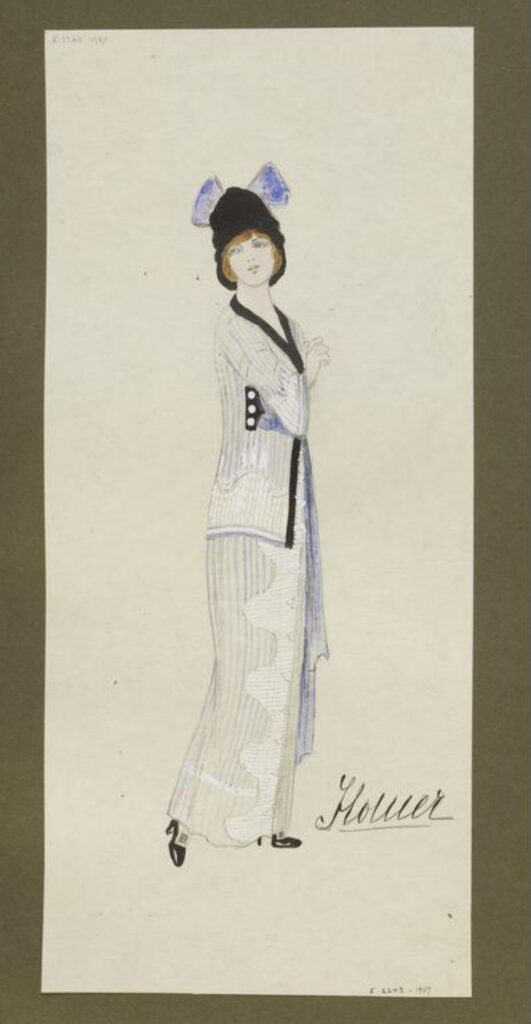
Cardigans emerge
Despite the origin story, I could not find any examples of cardigans worn in the 19th century. This was likely because they were casual, and therefore quite rare, worn mostly by working women who would have been less likely to save them. They were also typically made of wool and other soft fabrics that do not always preserve well.
Examples begin to emerge on fashion plates in the 1920s (with an isolated exception here and there in the years leading up). By this time a loose-fitting jacket closed with a tie was also considered a cardigan. The trend was clearly related to the preference that women had during this time to dress in clothing that did not hug the body, along with a growing desire for clothing that allowed great mobility.
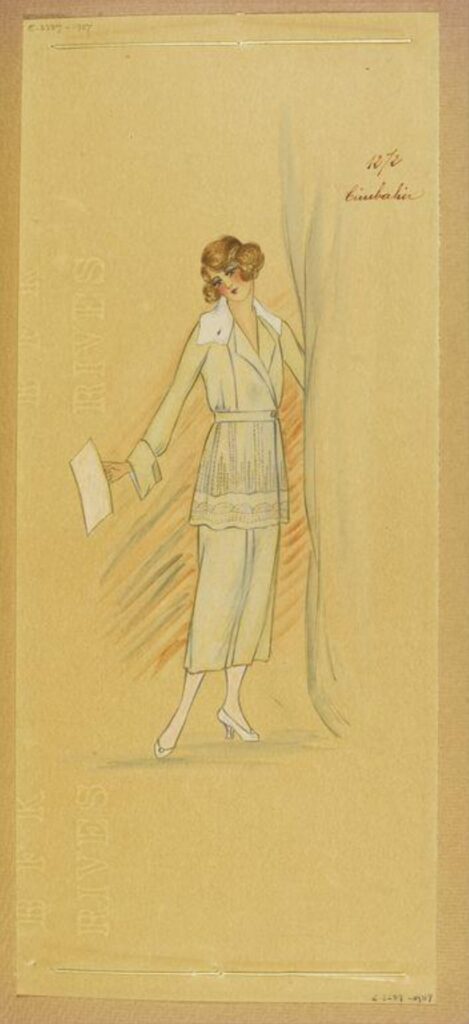
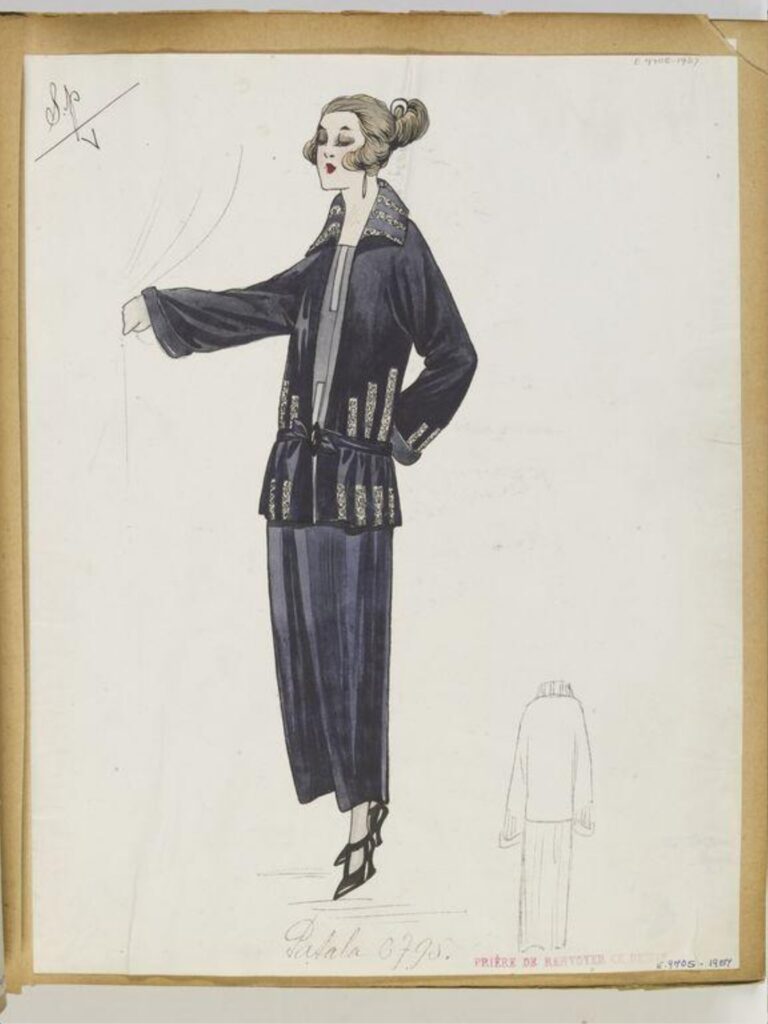
Facilitating feminism
The cardigan became a fashion icon and symbol of modernity for women in the late 1930s. Women were entering institutions of higher learning at numbers never imagined before, coinciding with the abandonment of the girdle. College men were sporting cardigans in the 1930s, and women followed suit. In the article “The feminist history of the cardigan” fashion history writer Marlen Komar writes:
“In the early 20th century, women’s fashion was undergoing a transformation. Restrictive, uncomfortable clothes came to symbolize equally restrictive social systems, and rejecting one was rejecting the other. And so, by the 1940s, students at Smith, Wellesley, and Vassar colleges had essentially stopped wearing girdles — that tight garment worn beneath the clothes to shape and slim the contours of the body — and started sporting cardigans.”
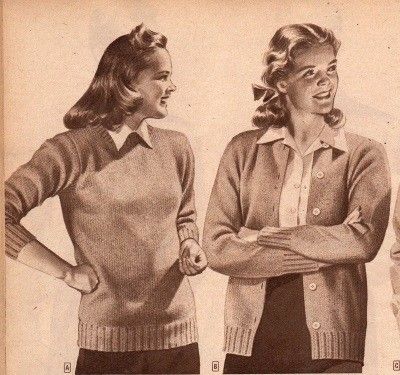
Komar writes that because cardigans were so different from the tight-fitting clothing that women were used to wearing that they become known as “slopping joes.” But while women may have been comfortable, many people were far from fans:
The public backlash was massive. Men hated the cardi because it concealed women’s bodies and obscured their curves. The media dubbed the women who wore them “Sloppy Sues.” A 1947 article in Life lamented the sweaters and was shocked that these women “sometimes even ventured out of dormitories in rolled-up blue jeans and large men’s shirts with the tails out. … like a girl who does not care whether or not she looks like a girl.”
In 1937, college men at Northwestern complained that women were “handicapping themselves” with their sloppy dress and they should “make themselves prettier,” to deserve their attention. In 1944, one WWII veteran even waged a one-man protest against sloppy sweaters at the University of Minnesota. He declared that “co-ed” dressing wasn’t what he’d fought for in battle, and likened the fashion trend to the horrors of war.
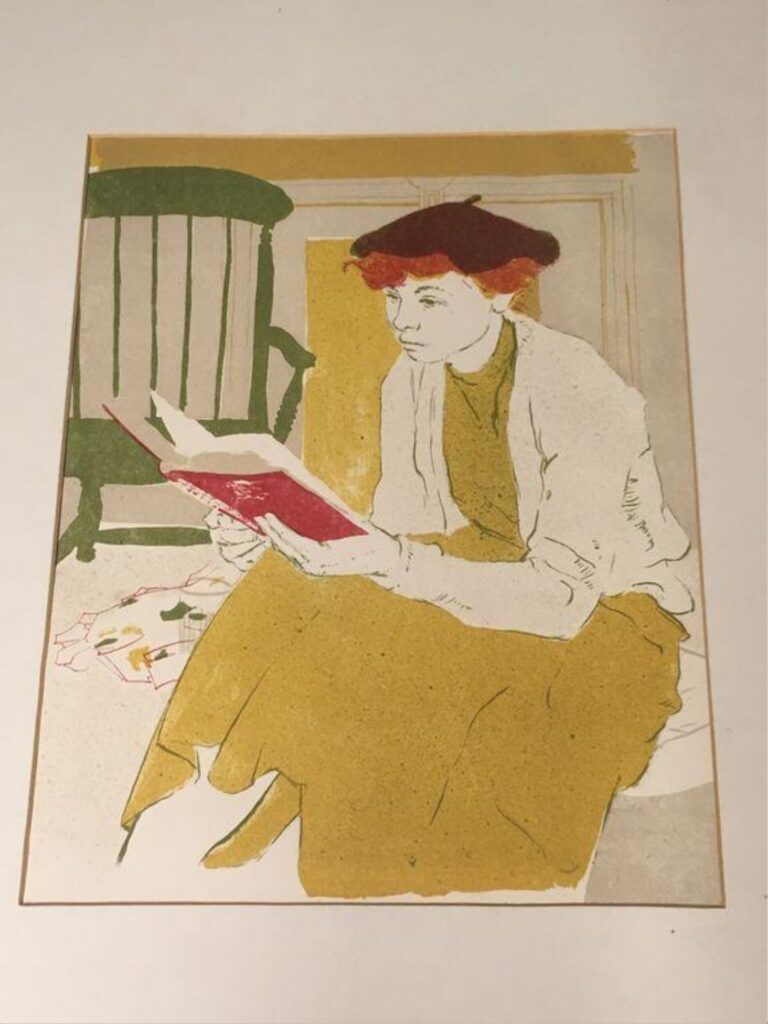
Prim and proper
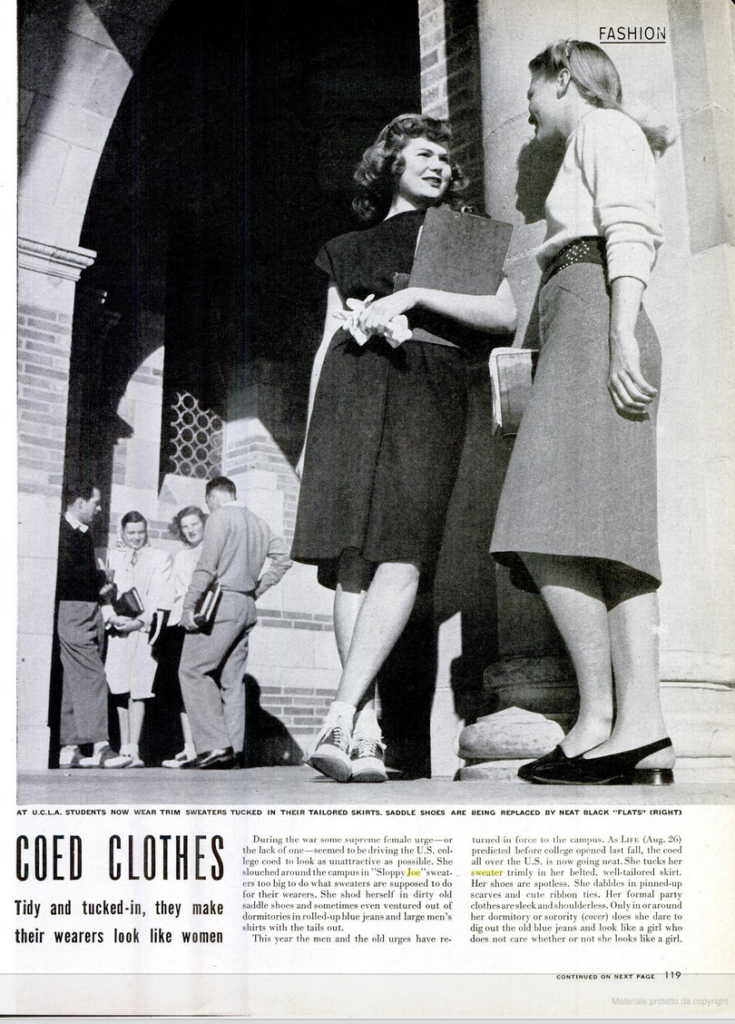
Cardigans continued to be popular as 1950 opened but in a much different manner. As readers will likely be aware, women’s fashion swung in the opposite direction as it did in the 1920s, return to the female form. So while sweaters and cardigans would become iconic 1950s looks, they were created to facilitate the popular silhouettes of the day. Cardigans were often worn over delicate blouses, typically with a flared skirt of some sort.
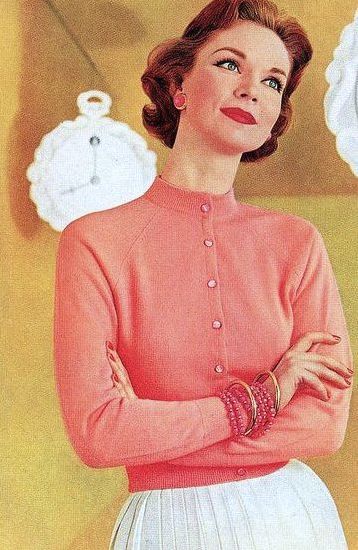
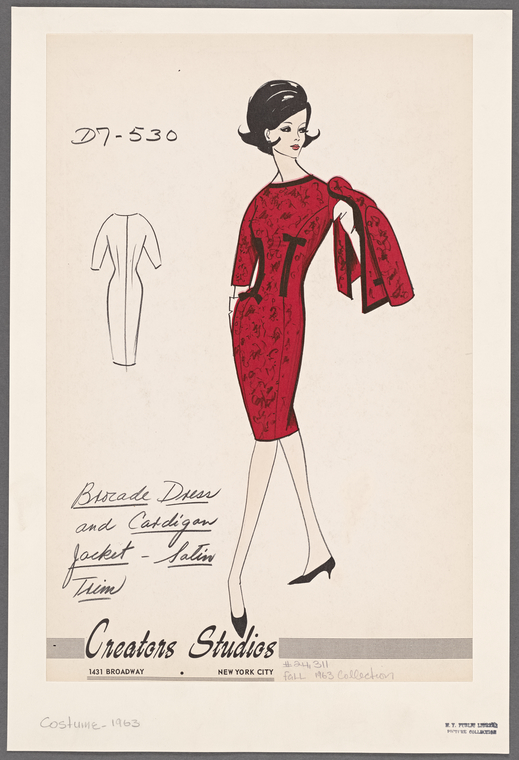
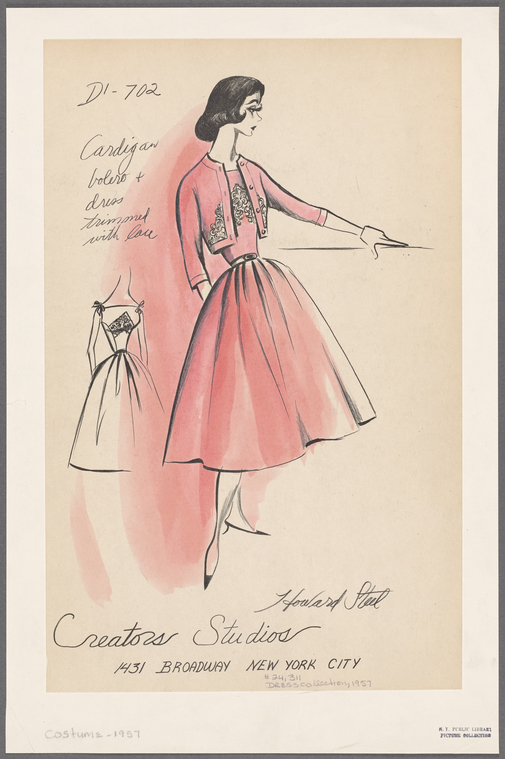
Anything goes
As with many other previously prescribed styles of dress and grooming, after the 1970s use of the cardigan became a bit of “whatever floats your boat.” Personally, I like the form-fitting look, worn with jeans and flats.
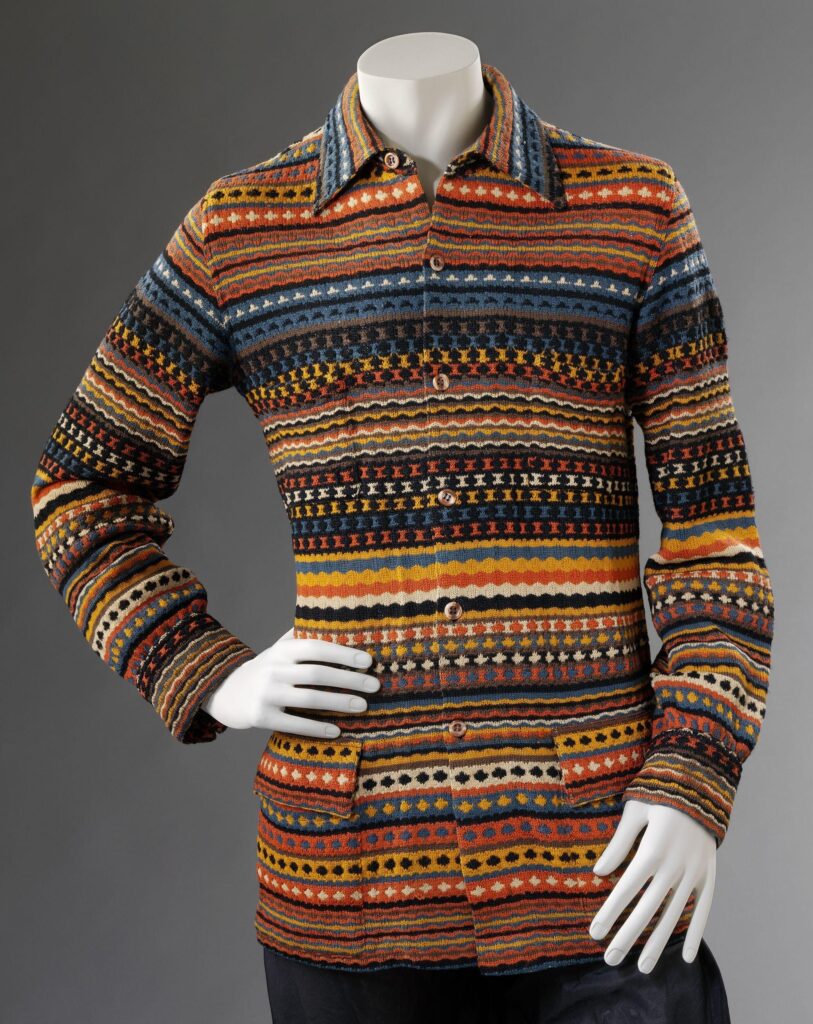
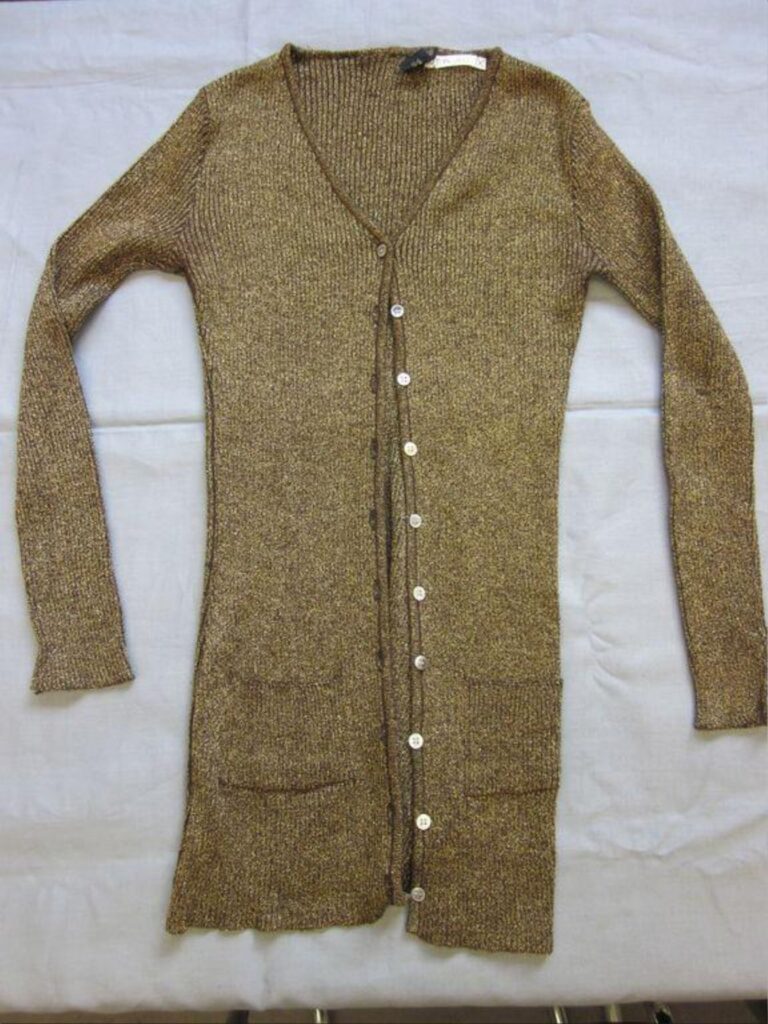
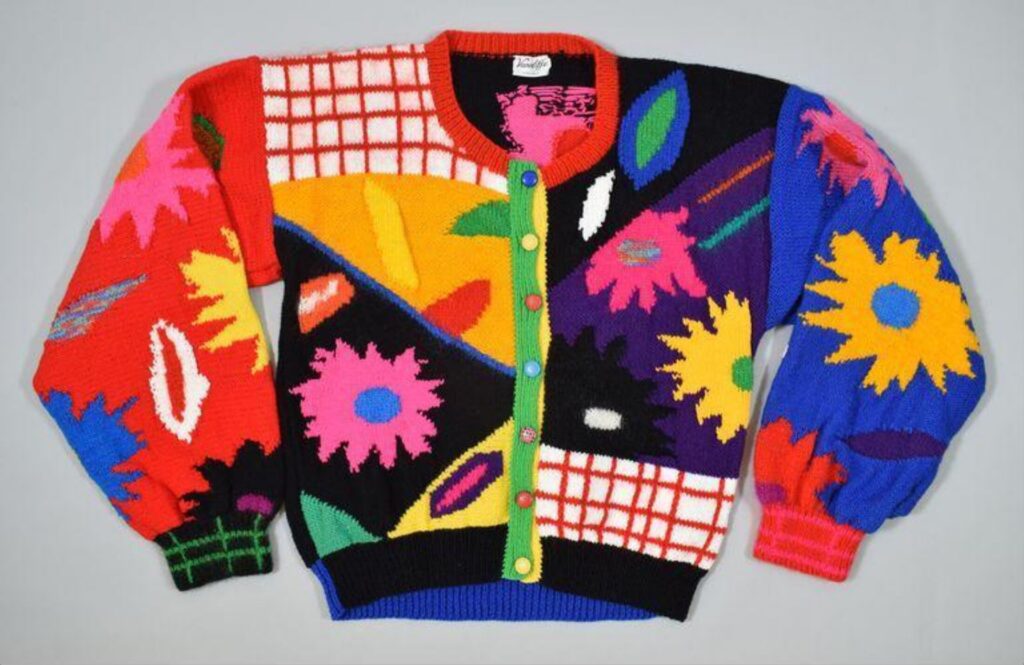
Do you wear cardigans? If so, what style do you enjoy the most?
More fashion history fun:
Glamour escapism: 1930s fashion

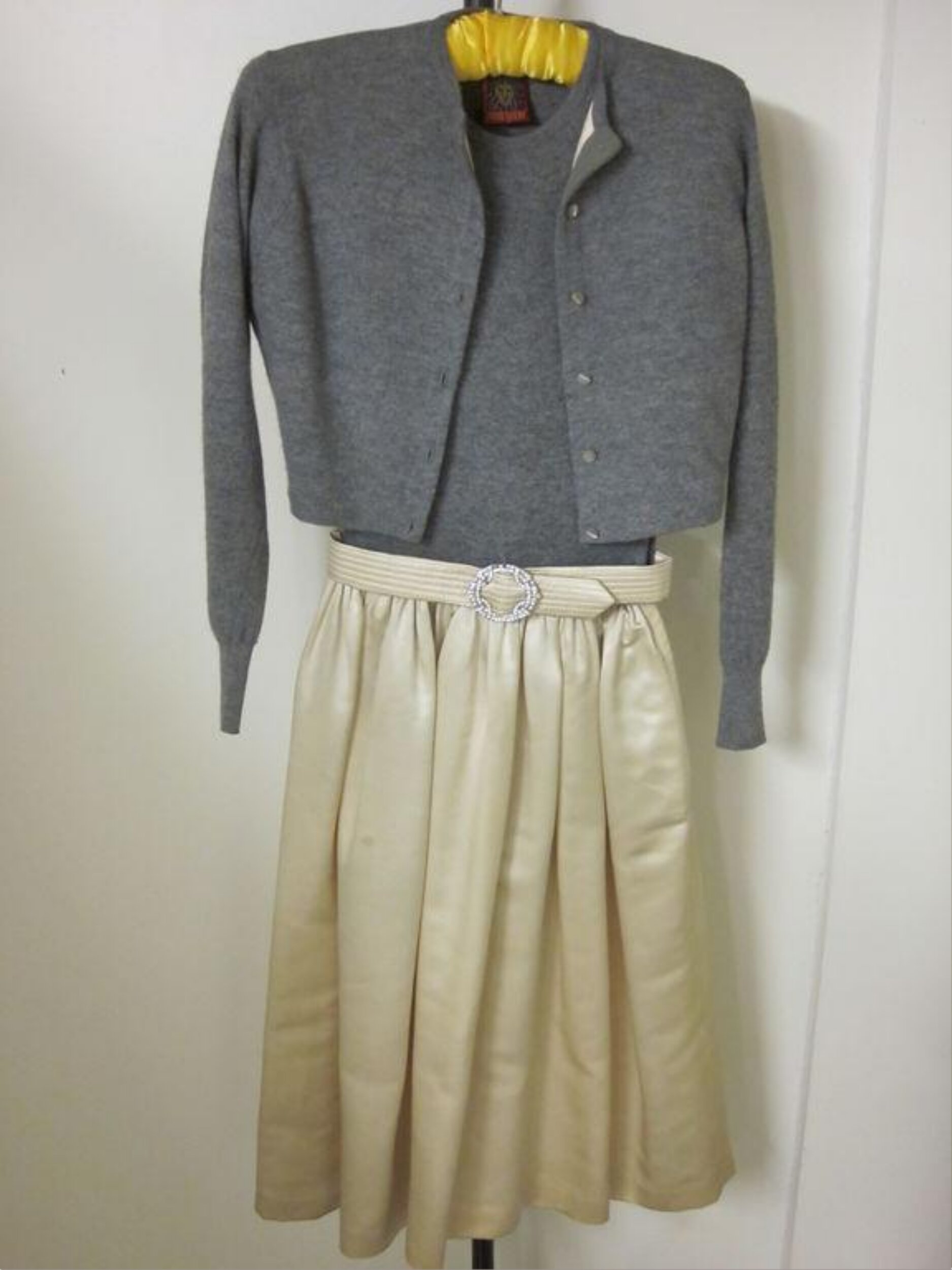






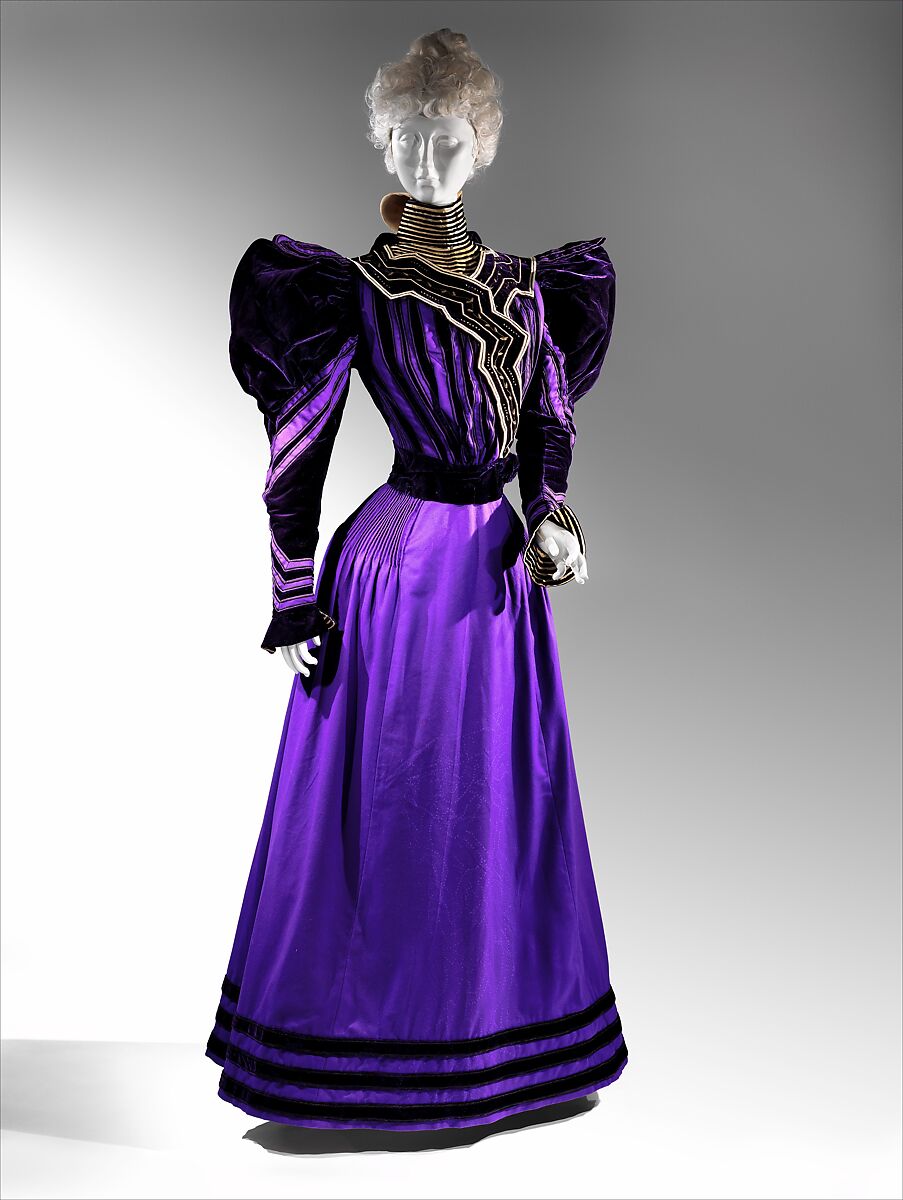


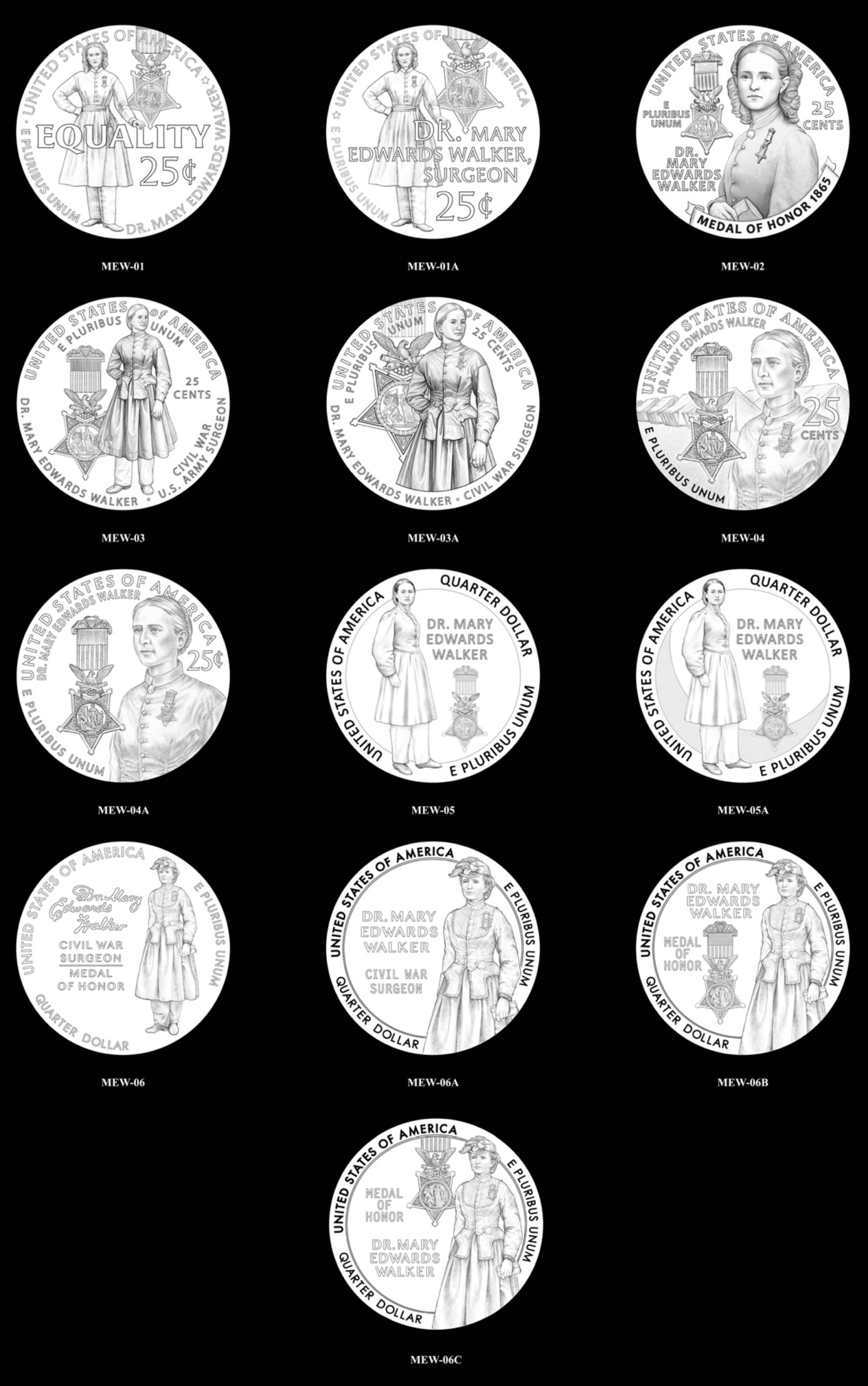
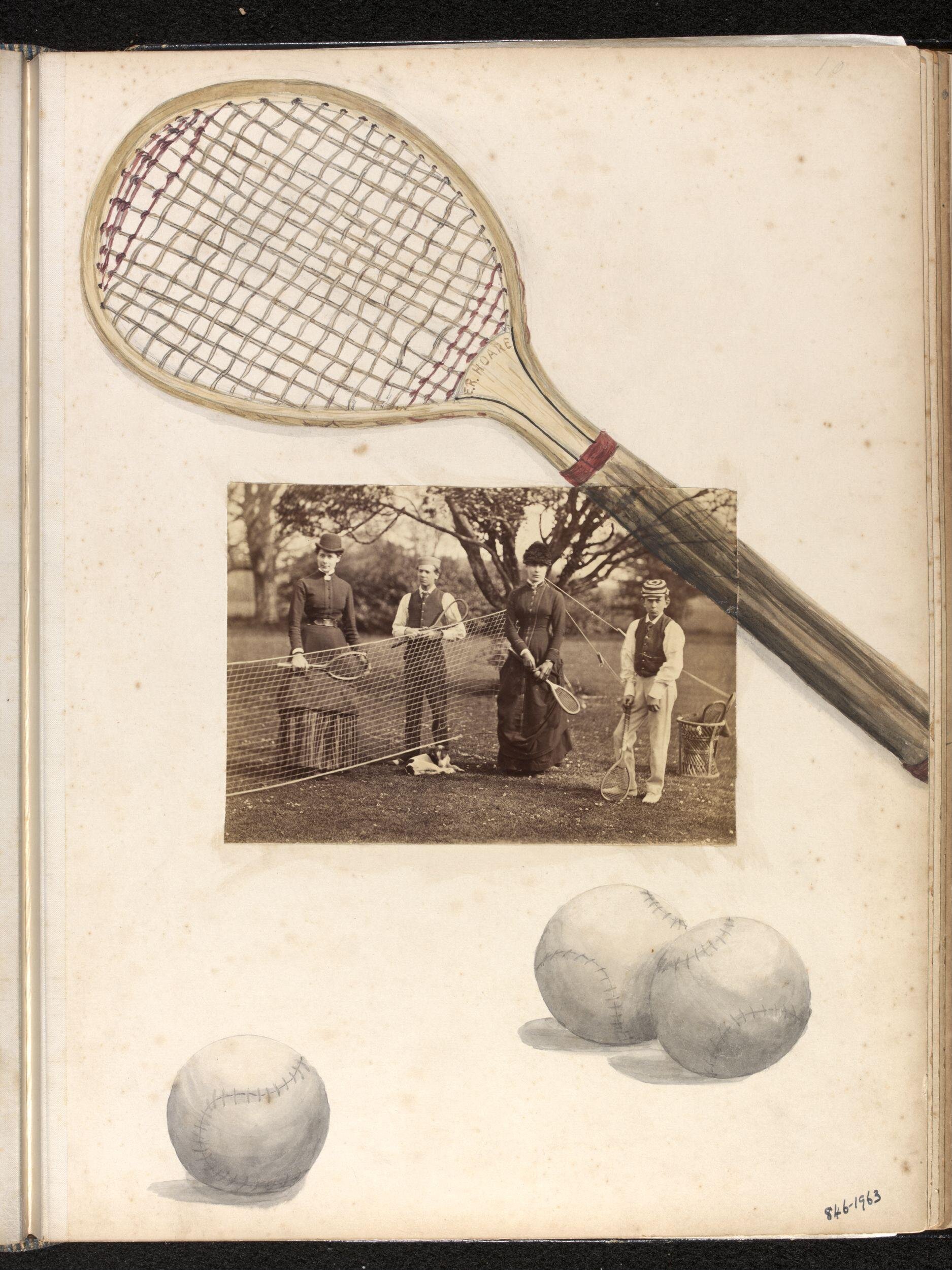
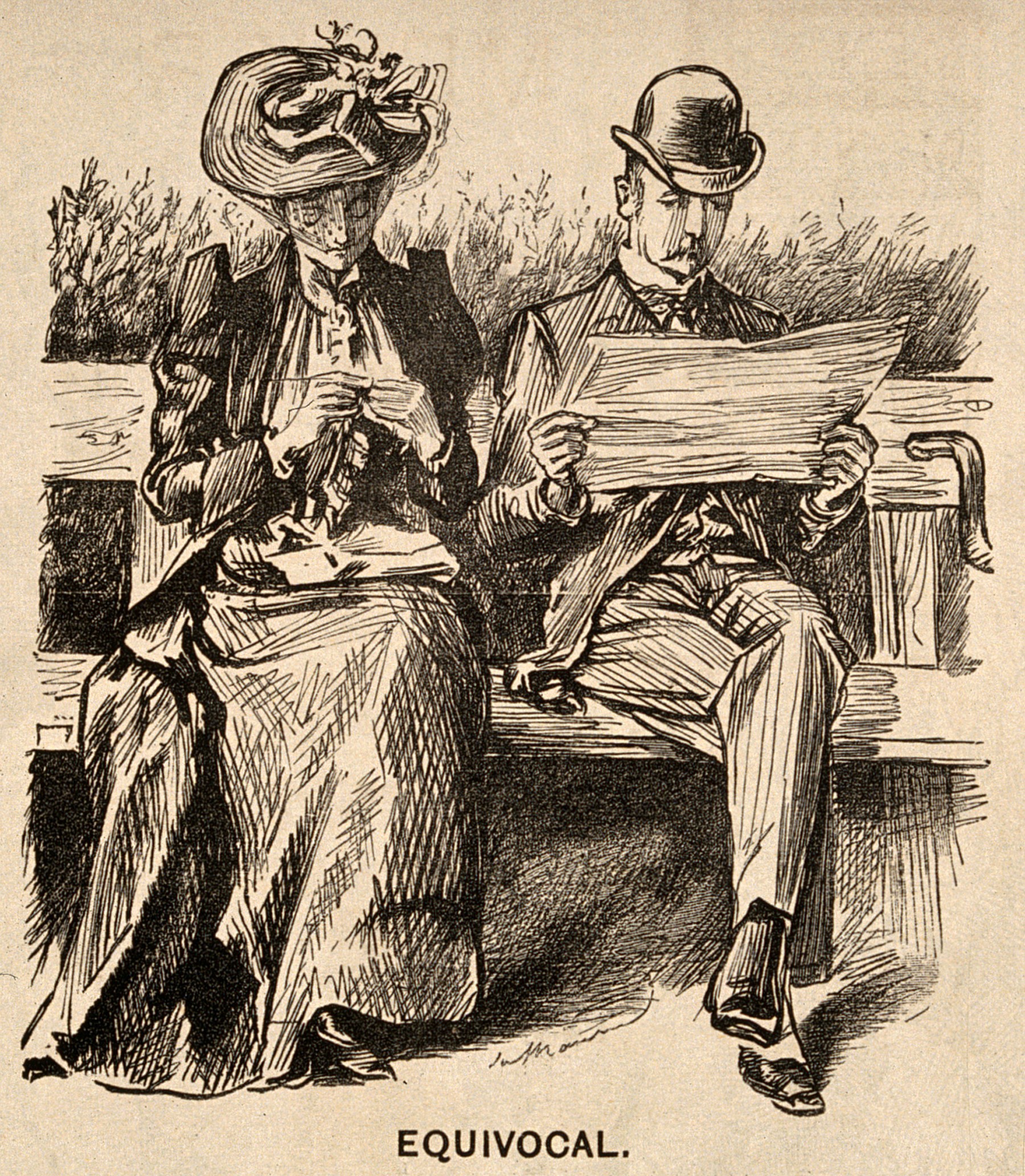
Interesting information. Wool cardigans are my favorites. I wear them very often, I appreciate their comfort and durable material.
Thanks to their pattern and colors, they can be worn with many different outfits.
Thank you for sharing! I wanted to include more on the 1950s but had a hard time researching it. Now that I know they were called “twinsets” I will do a future post on the topic!
Cardis were especially popular in the 1950s when paired with a short-sleeved pullover sweater – the infamous “twinset”, a matching pullover and cardigan that wasn’t complete without a single strand of pearls. It was the one fashion trend of the 1950s that I envied.